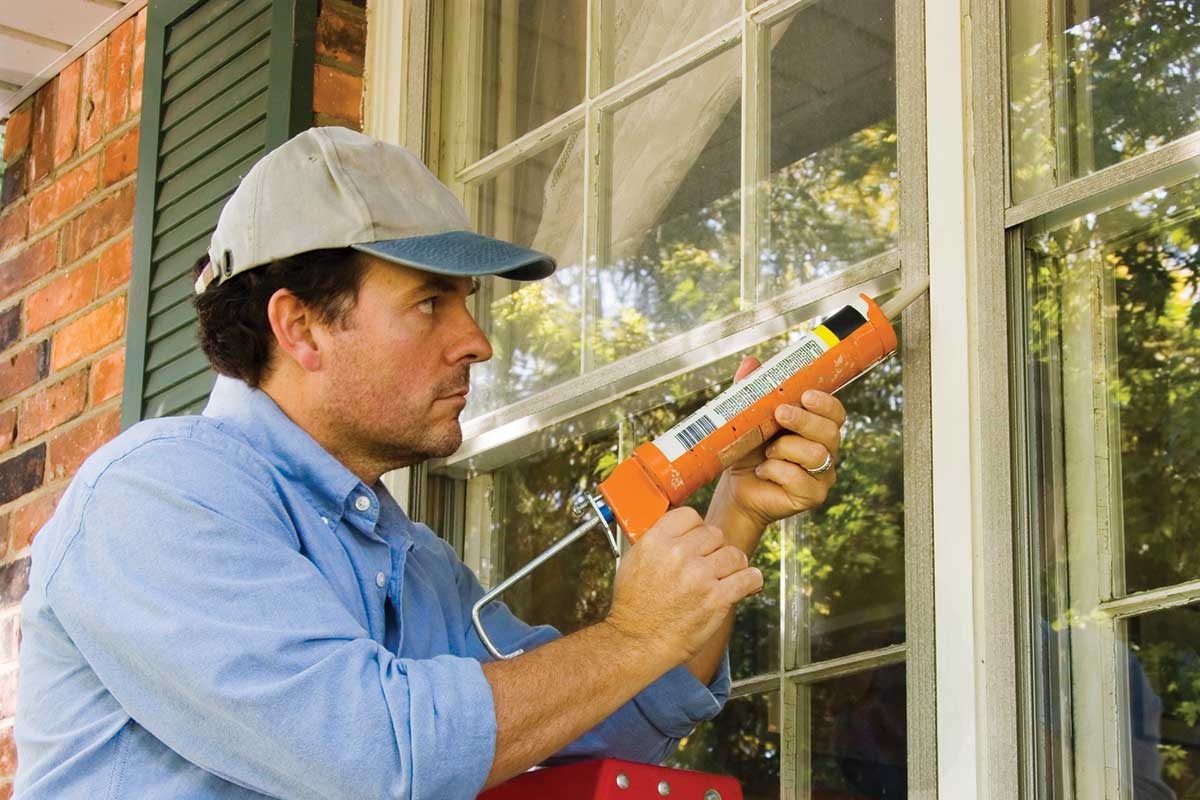A home with air leaks can’t resist the elements so long as gaps and cracks are keeping the building from operating at maximum energy efficiency. You can seal gaps and cracks inexpensively by using caulk. Here are some tips to help you get the best results when caulking around the home.
Selection
You can find caulk for a wide range of applications. Acrylic latex caulk is good for general uses, indoors and out. It’s also easy to clean up if you make a mistake. Silicone caulk is more challenging to use but is best for sealing tile, glass and metal. Check the manufacturer’s recommendations on the label to make sure you’re buying the right sealant for the job.
Preparation
Caulk is packaged in sealed tubes. Embossed markings along the nozzle correspond to different bead sizes, which you can match to the joint you plan to fill. To open, snip the tip of the nozzle, cutting at about a 45-degree angle, and pierce the interior seal with a nail or other sharp object. To ensure that the caulk adheres properly, clean the area first, removing any old caulk left over from previous applications and wiping away dust.
Application
While there’s no exact science to caulking, you’ll get a feel for the consistency of the material and the tension in the caulk gun. Hold the nozzle at a 45-degree angle to the joint and position the tip so the caulk adheres to both surfaces. Pull—don’t push—the gun along the seam, applying the caulk 2 to 3 feet at a time. For a clean look, apply the caulk in a single, unbroken bead whenever possible. Caulk is more difficult to remove after it has dried, so keep rags handy to clean up mistakes as soon as they happen.
Finishing
After you’ve drawn a bead along the joint, finesse the caulk into the seam. This process, known as “tooling,” helps the caulk adhere to the surface while removing any rough patches. Press the caulk into the joint by running a moistened finger, paintbrush handle or other object along the surface. Because your work will likely improve as you go along, it’s best to start with the least noticeable cracks and work up to the more prominent ones.


